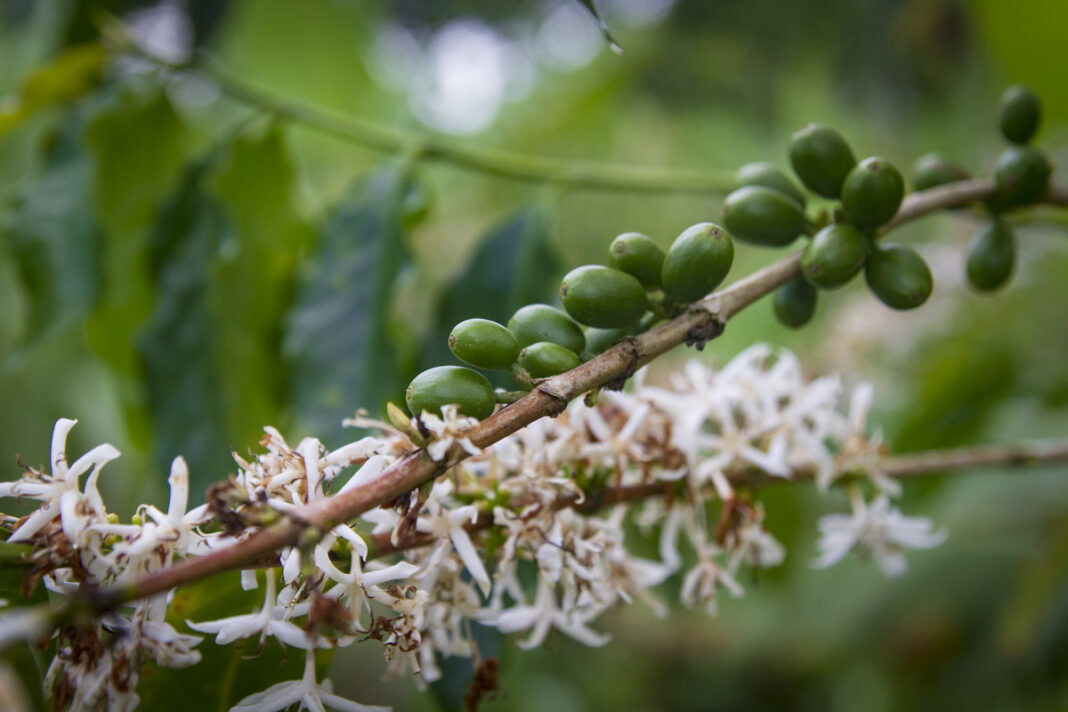In search of sustainable caffeine.
If you crave caffeine, and you can’t get enough of it from a bar of chocolate (10 milligrams), a jar of kombucha (15 milligrams), a can of Coca-Cola (35 milligrams), or a bag of black tea (45 milligrams), you might choose coffee; a basic home-brewed cup will zap you with around 100 milligrams of the invigorating alkaloid. If you get your coffee from a cafe or drive-through, you’re likely to double or triple that amount in a sixteen-ounce cup from Starbucks or Dunkin’ Donuts.
We treasure coffee for its bright-eyed, energizing effect, so much so that in America, more people have had coffee in the past day than have had tap water, according to a recent poll by the National Coffee Association. The beverage is simple, just beans and water, but unless you live in the tropics, the process of getting it into your cup is anything but.
In America, where almost everyone is now enjoying so-called “premium” beans, a good origin story seems almost as important as the coffee itself. Labels and standards abound, alongside claims about the social and environmental context of a particular batch, a particular roast.
Opinions about coffee can be as strong as its flavor. The plant is a global commodity, grown in more than fifty countries, bought and traded on an almost unimaginable scale. Reading about it, I found myself down a rabbit hole of ecology, history, geopolitics, and the ever-changing agricultural landscapes involved in cultivation. There are huge industrial monocultures, yes, but also many millions of small farmers. There are megacorporations and artisans. There is habitat destruction and habitat creation. Almost every possible configuration of labor and stewardship exists somewhere in the global supply chain, and it’s hard for any one person to get a handle on it.
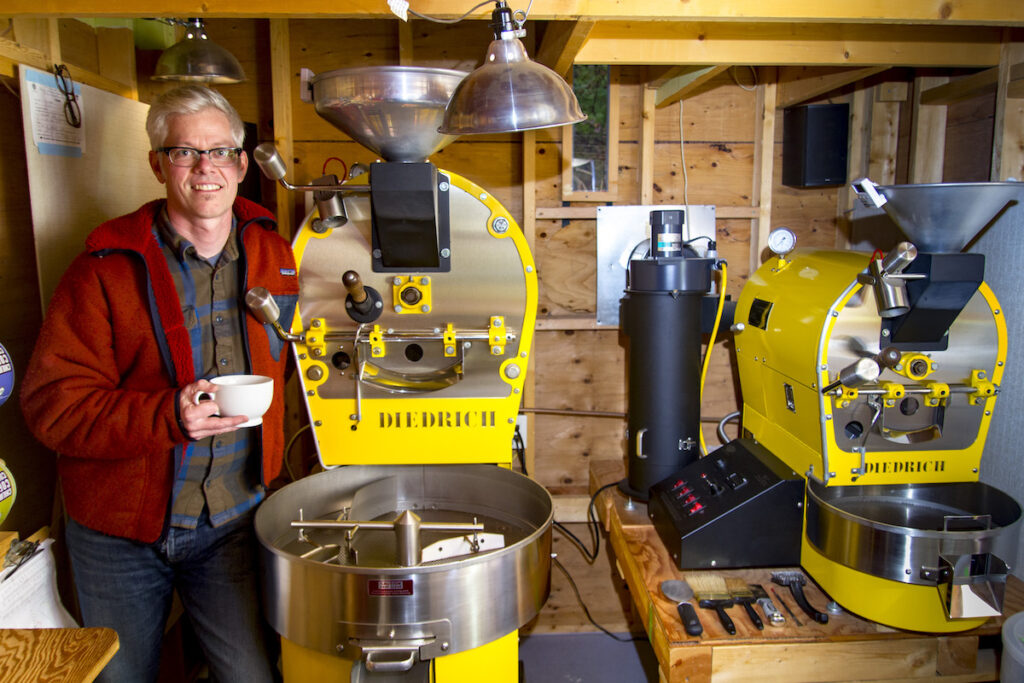

For a gut check, I sought out Todd Christy, of Chilmark Coffee Company. He’s been roasting for more than a decade, and his coffee has run the gamut of certifications, from USDA Organic to Rainforest Alliance and back. “In a busy summer,” he said, “I buy more than a ton of coffee every two weeks.”
He sources his beans from Brazil, Colombia, Guatemala, and Ethiopia, among the most abundant exporters in the world, and also from less prolific ones like Rwanda and Burundi. “As a buyer, I want to know that who I’m working with is doing the best that they can, within the limits of making a living, to present a product that isn’t destroying our environment,” Christy said.
–Todd Christy, Chilmark Coffee
As a buyer, I want to know that who I’m working with is doing the best that they can, within the limits of making a living, to present a product that isn’t destroying our environment.
More than certifications, he relies on trust relationships with a variety of suppliers — almost all shade-grown, some organic, some not. Some are serious enough about how their beans are grown to use the word “terroir.”
Coffea arabica, which is probably what you’re drinking if you live in North America, makes up about two thirds of coffee grown around the world. Elsewhere, you’re just as likely to be sipping Coffea canephora, known commercially as robusta, a hardier species which grows in full sun and which is used to make instant coffee like Nescafe. Arabica is endemic to East Africa, robusta to the Congo.
The coffee bean is the seed inside the fruit of the coffee plant. Coffee cherries, as the fruits are called, were at first picked wild, growing in the shade of cloud forests in the highlands, and used in various ways as a stimulant; later coffee beans were cultivated to transcendental effect in Yemen, used by Sufi mystics during long, late-night ceremonies. In the Ottoman empire, where coffee gave rise to hundreds of lively coffee-houses, the drink was periodically outlawed for its rabble-rousing tendencies.
The name Mocha comes from the port on the Red Sea where the Ottoman empire shipped coffee beans from jealously guarded plantations in Yemen. As coffee spread from the Arabian Peninsula to India and Europe, coffee plantations followed. The Dutch and English East India Companies dragged the crop along the bloody contours of the colonial slave trade, part of a plantation starter-kit that also included sugarcane, wheat, and tobacco. Another nickname, “Java,” is a reference to the Dutch plantations in Indonesia.
When coffee caught on in Europe in the 1600s, it seems to have given schemers and revolutionaries of all kinds a manic boost, switching as they were from the inebriated haze of morning beer and wine to the fog-cutting clarity of what one satirical pamphlet from 1674 called “that Newfangled, Abominable, Heathenish Liquor called COFFEE.”
It’s frequently mentioned that Voltaire drank dozens of cups a day, possibly up to 50, and he wasn’t alone in taking theoretical flights of caffeinated fancy — Kierkegaard, Kant, and other European philosophers did the same, not to mention revolutionaries hatching plans in coffee houses across continental Europe. Wealthy merchants gathered to drink it at English coffee houses that turned into stock exchanges, financial hubs that have remained in control of the global coffee trade ever since.
Of course, the coffee that Voltaire drank had been grown in Haiti, a French colony which at the time produced 75 percent of the world’s coffee. Coffee helped inspire a revolution there, too, grown as it was by enslaved people who rose up to form their own country, which became the first nation in the Western Hemisphere to permanently ban the practice of slavery.
So historically, the effects of coffee on human society are mixed, fomenting intellectual breakthroughs and liberation on the one hand, plantation slavery and warfare on the other. Coffee traced the course of empire and colonization around the world, spreading along veins of trade and conquest whose branching paths still outline the industry today. Arabica takes center stage in most of this history, but robusta, which didn’t catch on widely until the 1800s, eventually caught up. Every place I’ve ever traveled has had at least a plastic jar of Nescafe.
Some specialty roasters and suppliers have eschewed certification in favor of direct relationships with farmers, skipping the global commodity market and cutting out most of the middlemen — a technique that can put much more money in the farmer’s pocket if things work out.
So why does this history matter? As the 21st century beneficiaries of a seamless global coffee delivery system, we might consider geography an afterthought — country of origin is an adjective like “fruity” or “phenolic.” But consider that coffee is still produced mostly in the tropics, and still consumed mostly at higher latitudes. The places sending the most beans abroad are Brazil, Vietnam, and Columbia, and places importing the most are the United States and the European Union, according to the United Nations FAO. Coffee still involves extensive land and cheap labor, and often also an imbalance between producer and consumer. You might be paying little more for a cup of coffee than the farmer who grew it was paid for a kilogram of beans.
Christy asks: “Are they getting paid well enough to live? Are their families okay? Are they able to live off of this business and are they reinvesting in their own communities, like we talk about here on Martha’s Vineyard?”
Several years ago, I had the good luck to work on a few coffee farms over a few months in Ecuador. Sometimes, I drank the finest coffee I had ever tasted, brewed on site after being dried and sorted by hand by people making coffee as just one part of a thriving landscape. Other times, I drank old Nescafe (robusta) while planting artisanal coffee (arabica) alongside migrant workers who should have been making a lot more for these long hours in the sun.
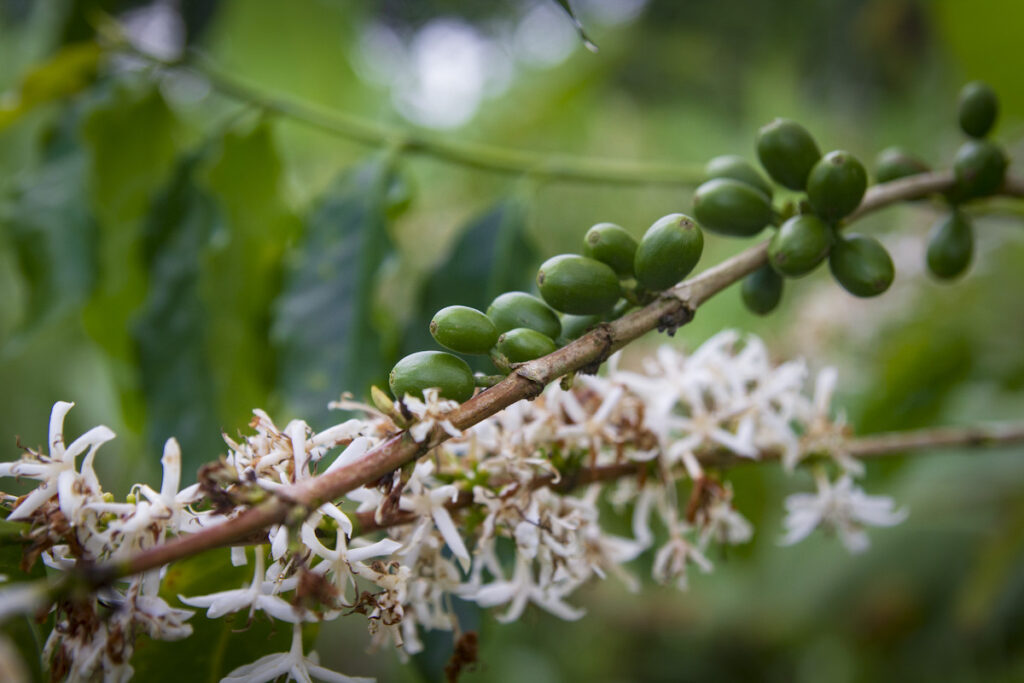
With every environmental issue, and with the virtuous adjectives that have come to surround the commodities that we consume, context matters. I worked on lovely farms where arabica plants grew in food forests alongside bananas and papayas, fringed by lush cloud forest and wildlife — landscapes hospitable to a mind-boggling number of colorful birds. Fruit-enriched agroforestry operations like these, which are often found on shaded coffee farms, can provide a 50 percent higher density of bird species than that found in the already-rich ecosystems of shaded coffee in general.
I also sweated under the hot sun in the hills of the Galapagos, picking “shade-grown” and “organic” coffee to be sold to affluent tourists in Santa Cruz, an Island port and hub for eco-tourism. Appealing as these beans may have been to conscientious travelers, they were grown on land where 90 percent of the native vegetation — some of the most unique tropical dry forest on the planet — had been cleared. Half the species in this type of forest are endemic, found only here on the archipelago that inspired Darwin’s theory of evolution. Maybe the tourists should have been drinking Nescafe instead.
In one context, coffee might be a good alternative to much more extractive land use — ”the next best thing to a natural forest,” according to the Smithsonian. In a landscape that could be cleared for pasture, or torn up for an open-pit copper mine, coffee can keep valuable ecological connections open. In another context, it might be just another cash crop, displacing valuable carbon sinks, devouring biodiversity, or displacing other kinds of agriculture of more value to the local community.
Coffee certifications are one way to navigate all of this. Bird Friendly coffee is perhaps the most rigorous — it’s certified by the Smithsonian, which uses royalties from the labeling program to fund research on tropical migratory birds. It requires farms to meet a range of criteria, like having native trees and plants and maintaining structural diversity in the forest canopy. These farms also have to be USDA organic, and the two standards combine to meet a pretty high bar.
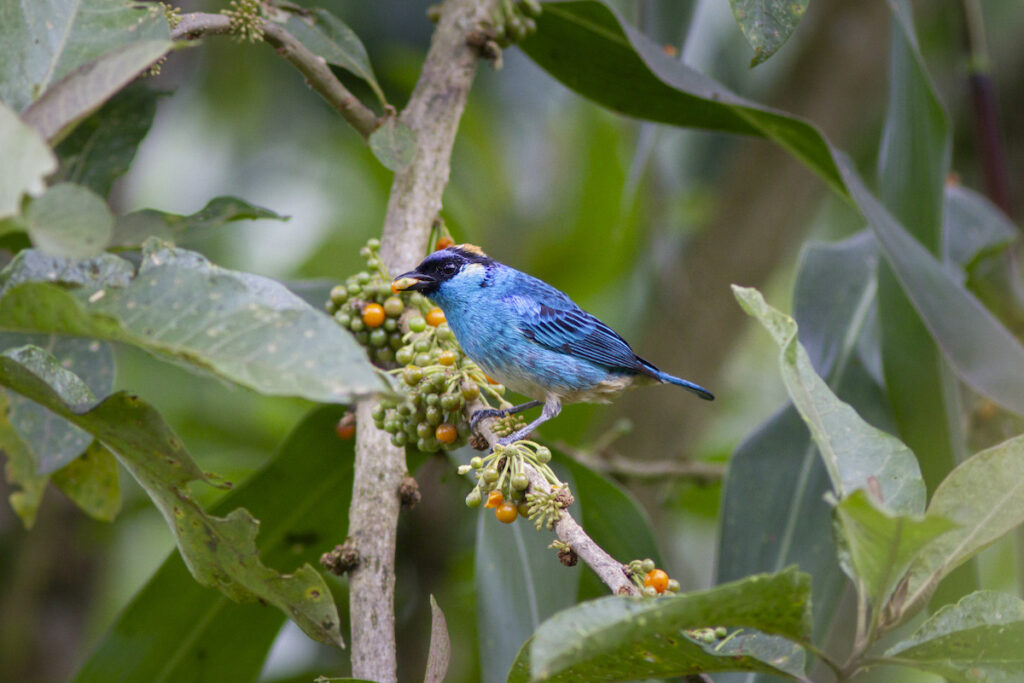
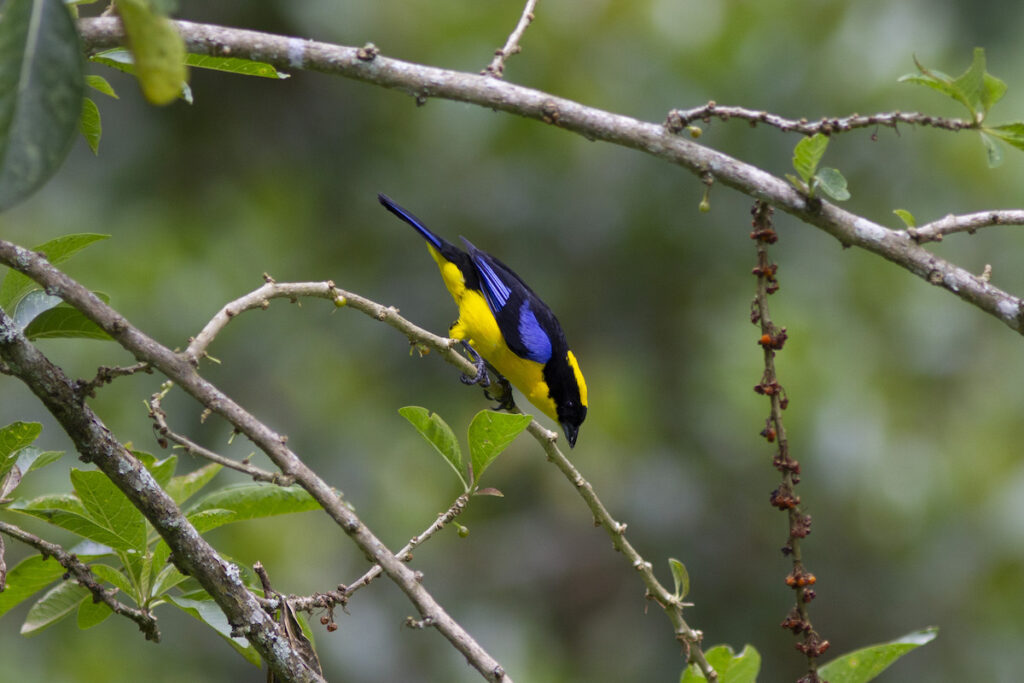
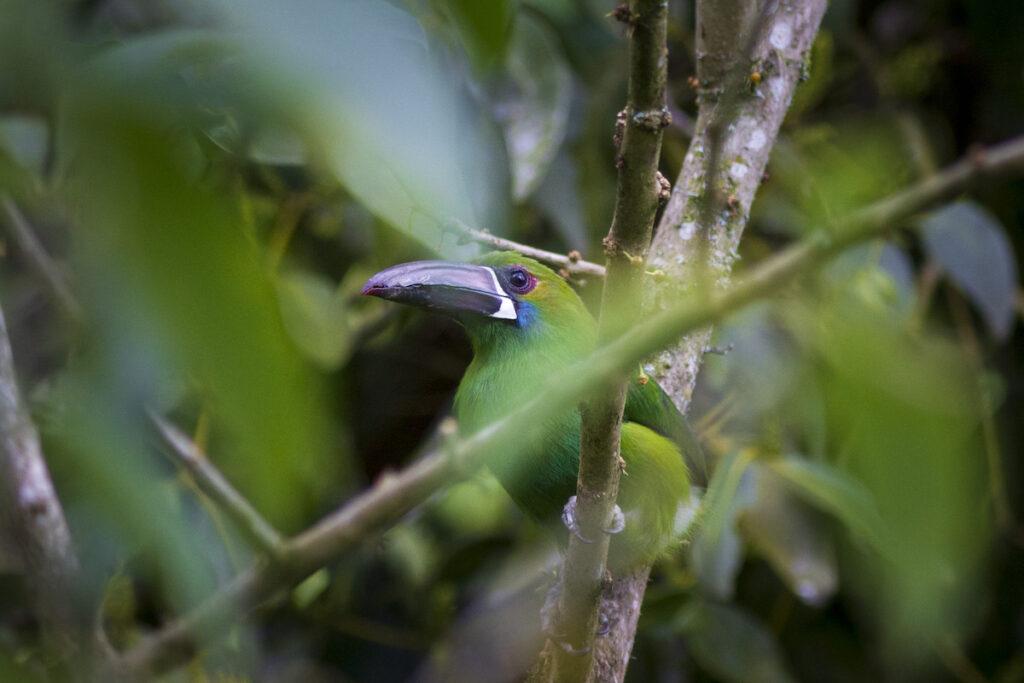
Other certifications include Rainforest Alliance, Fair Trade, 4C, and the in-house labels created by bigger coffee brands. They all promise more ethical coffee for consumers, and better prices for farmers — by setting price floors to buffer against market fluctuation, or by encouraging consumers to pay a premium for the coffee’s label.
But some farmers who go through the expensive process of a certification don’t get the benefits they hope for: The retailer may benefit the most from the price premium, not the farmer, or maybe there is more certified coffee in the market than there are conscientious consumers, so the beans are sold as conventional coffee at the conventional price.
Christy, who operated as a certified organic roaster for a few years, and who also sold Rainforest Alliance coffees, admitted that he’s a bit cynical now about the value of these certifications. “It’s hard to know for sure unless you are the person who’s flying to all of these places to buy your coffee,” he said.
On that principle, some specialty roasters and suppliers have eschewed certification in favor of direct relationships with farmers, skipping the global commodity market and cutting out most of the middlemen — a technique that can put much more money in the farmer’s pocket if things work out. Christy relies on trusted importers of green coffee. “They’re meeting producers, they’re checking out exactly how it’s all done. And so I trust them,” he said.
So historically, the effects of coffee on human society are mixed, fomenting intellectual breakthroughs and liberation on the one hand, plantation slavery and warfare on the other. Coffee traced the course of empire and colonization around the world, spreading along veins of trade and conquest whose branching paths still outline the industry today.
Climate change is on the horizon, too — it could reduce the area suitable for coffee cultivation by about 50%, according to one study. Since coffee plantations can have an economic lifespan in excess of thirty years, the plants going into the ground now will live to experience these changes.
Of course, for the roasters and businesses that sell coffee at the end of the supply chain, there is another important dimension of environmental impact: consumer waste. Chilmark Coffee is a regular presence at the West Tisbury Farmers Market, and Christy said, “I realized at some point that at the end of the market, probably like 60 percent of the garbage was my garbage.”
“It put me back on my heels a little bit,” he said. Even when he offered a one dollar discount to people who brought their own cups, only a small handful out of hundreds took advantage of it — and they were the same people every time.
It’s hard to remember to be prepared, Christy said. He himself is not immune to the happenstance of wanting a coffee on a whim. “It’s a whole chain of things and events that lead you to walk out of that place with that paper cup,” he said.
Paper cups, plastic cups, styrofoam cups, plastic cup lids, straws, Keurig cups — billions and billions of them wind up in landfills each year. Around six million tons of coffee grounds are dumped each year — with nitrogen, potassium, magnesium, phosphorus, and other nutrients, pulled by the coffee plant from rich tropical soils, shipped around the world, and thrown in the trash.
Christy uses compostable packaging for his labels and bags, and in general many businesses are switching to compostable cups. Waste management and municipal composting systems are finding ways to divert this organic material (including the nutrient-rich grounds) in a more useful way.
The good news is that in researching this article, I could barely read anything about coffee that didn’t also mention sustainability and human well-being, and many people are working hard to improve both while still making good coffee. And not all of it costs a fortune.
“I still don’t have the most expensive coffee on the shelf, which I still find kind of amazing,” Christy said.
What you can do
- Take a good look at what your preferred coffee says about sourcing and certifications
- Whatever the certification, look for coffee with a simple and transparent supply chain
- Think about legislation to clean up supply chains and stop deforestation, like this law just passed in the EU
- Avoid k-cups at home, and use a re-usable mug when possible
- Read Dear Dot’s advice on how to find sustainable coffee

